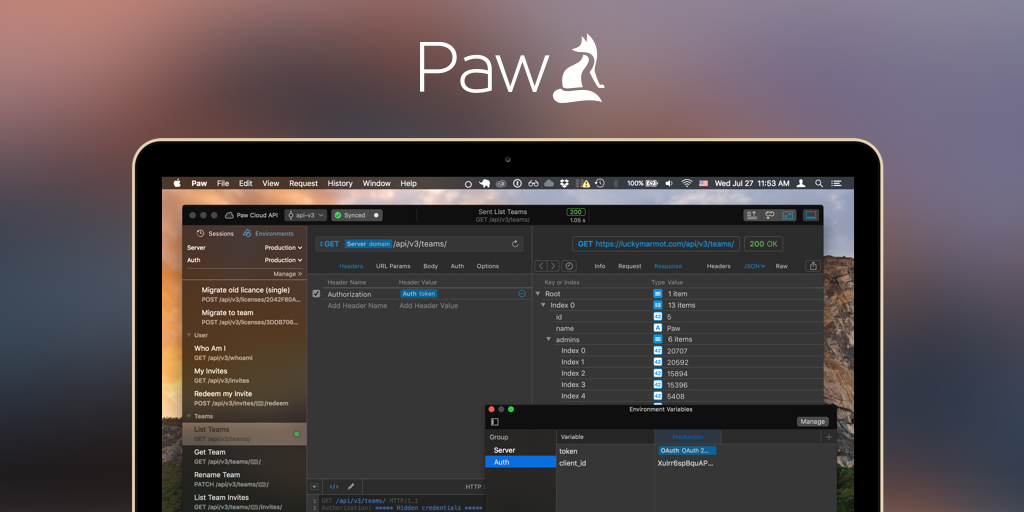
It offers many features out of the box, including rate limiting, cross-origin resource sharing, IP filtering, load balancing, and a developer portal with OAuth2 and JSON web token policies.Ī nice feature is the ability to create fine-grained reports to decipher your API's usage data. Gravitee.ioĭesigned to be lightweight, Gravitee.io is an open-source API management platform that you can download here. Check the API Umbrella documentation, or fork it on Github. Using API Umbrella, multiple organizations can operate under the same "umbrella," simply by allowing varying admin permissions for different domains. It also generates an admin web interface that can be initiated using the tool's own API. Acting as an entry point for microservices, the proxy provides rate limiting, caching, API keys, and analytics.

API UmbrellaĪPI Umbrella is an open-source proxy for APIs and microservices. Here's a rundown on the major open-source API management solutions and platforms and how they compare. So, what open-source options are out there for API management?
SWAGGER EDITOR DOWNLOAD FOR MAC SOFTWARE
The argument for open-source software has been made many times: It's forkable, customizable, and distanced from vendor lock-in. While there are plenty of commercial API management options out there, from providers such as 3Scale, Kong, and Axway, among others, some API providers may desire to build upon open-source components. Thus, as microservices and APIs thrive, the need to streamline the management side grows exponentially.

Throw analytics and monitoring in the mix, and you arrive at the need for a full-fledged API management back end. From how the service is managed to style governance, the developer portal, security, gateway, and monetization, API owners have many features to maintain and support. There is a lot to consider when providing an API.


 0 kommentar(er)
0 kommentar(er)
